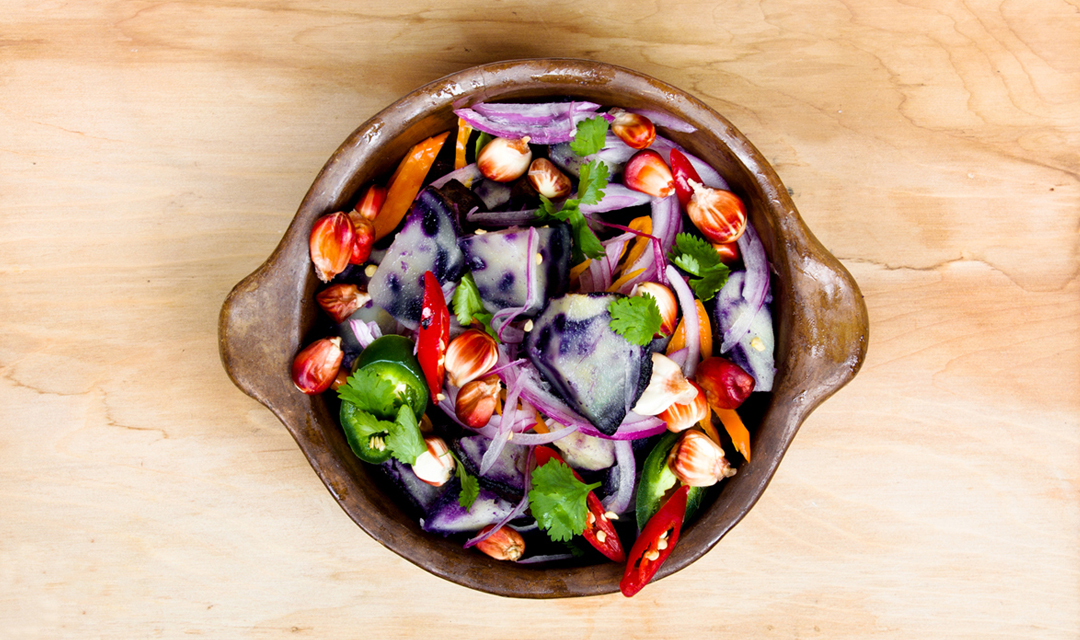For the past several years, there has been a real push for people to be eating organic foods. Yet, there still appears to be a lot of confusion about this topic specifically. For example, most people have heard that eating organic is better for them, but what exactly does that mean? What is “better”?
Additionally, a lot of people are also unsure about what types of foods are offered in organic forms and how you can buy them without spending massive amounts of money (money that most of us don’t have). Let’s look at each of these areas and clear up the confusion about organic eating once and for all.
Benefits of eating organic
Probably the number one reason people choose organic over nonorganic foods is because they don’t contain potentially harmful synthetic pesticides, fertilizers, or food additives. This is important, as many of these types of products have been linked to major health issues via research—like cancer.
To explain the connection, the American Cancer Society points out that, “Some of these compounds are not known to directly cause cancer, but they may influence cancer risk in other ways – for example, by acting as hormone-like substances in the body.” In other words, while these substances may not cause the disease itself, they can still raise your risk by promoting a change in the chemical composition in your body.
Studies have also found that organic foods typically have higher levels of antioxidants. Antioxidants are natural substances that slow, if not stop, cell damage caused by free radicals. In fact, one study conducted by Newcastle University found that organic foods can contain as much as 69 percent more antioxidants than nonorganic food.
Eat this way over time then and imagine how many more good-for-you substances you’re going to take in, reducing your risk of disease while increasing your health at the same time. Certainly, that has to be “better” for you than eating the same foods in their nonorganic forms. So, which foods are available organic?
Organic foods to look for
When you’re at the supermarket, sometimes it can be difficult to tell which foods are offered organically. Either they’re tucked in their own section that is easy to overlook, especially if you’ve never shopped for them before, or they are put on their own shelf higher or lower than eye level, making them more difficult to see.
To help you make the process of organic shopping easier, here are some foods that Dr. Andrew Weil, integrative medicine practitioner, suggests that you look for in their organic forms: apples, strawberries, grapes, celery, peaches, spinach, sweet bell peppers, cucumbers, cherry tomatoes, potatoes, hot peppers, imported nectarines or snap peas, and domestic blueberries.
As more and more food manufacturers are working to make their products healthier and safer to eat, this list of items available in organic form is growing daily. So, be sure to look around when you’re doing your weekly grocery shopping to see which ones those are. You can also ask a sales associate to point them out to you, making the process of locating them simpler yet.
How to eat organic without breaking the bank
At this point, you now know the great value in eating organic, as well as which foods are available in this form. While all of this sounds great, the objection that may be cropping up in your mind is how to implement these foods in your diet. And perhaps most importantly, how to do so without breaking the bank.
This is a valid concern, as organic foods do tend to cost more than their nonorganic partners. However, that doesn’t mean that you have to get a second job or take out a small loan to eat healthier.
One option is to shop at a farmer’s market versus a grocery store for your organic foods. Most farm-based food suppliers sell their organic goods at these types of venues for a lower cost than what you’ll find at a supermarket. Plus, you’re able to pick out just the amount you need, reducing your waste and thereby saving you even more.
It also helps to look for sales on organic foods, which means taking the time to actually read the paper fliers that are delivered to your mailbox. An alternative, if you want to take a greener method to staying updated on upcoming price breaks, is to sign up for emails from your local grocer. That way you can skim through them no matter where you are, allowing you to pick out the organic foods that you want to add to your list for your next grocery store visit. You can find discounts for just about any location if you look hard enough, like these Target coupons that can help you save on your grocery bills.
How to make eating organic easy
As far as how to add these types of foods to your diet, simply switching the organic versions for the nonorganic ones is an easy way to make your favorite dishes healthier and better for you. Conversely, if you’re not currently used to eating so many fruits or vegetables, whether organic or otherwise, you can also juice them, as a number of people prefer this method to ensure they get their daily quota.
Getting them in this way offers potential additional benefits too. For instance, Intent Blog published a story about one woman who was able to cure her skin condition by juicing and following an integrative nutrition program. That makes this option definitely one to consider, especially if you’re eating organically with a goal of higher health.
Now that you know why eating organic is “better,” which foods are best organic, and how to save money on these types of items, all you have to do is start incorporating them in your diet. You’re ready to go!
If you enjoyed this post, please feel free to share it with your friends and family. After all, sharing is caring!
Author: Shelly Stinson
Shelly Stinson is a freelance writer living in Denver, Colo. who focuses on topics in the realm of healthy living and exercise. In her downtime, Shelly enjoys building her record collection, coming up with new recipes, and running. You can find her on Twitter at @shellystins.














